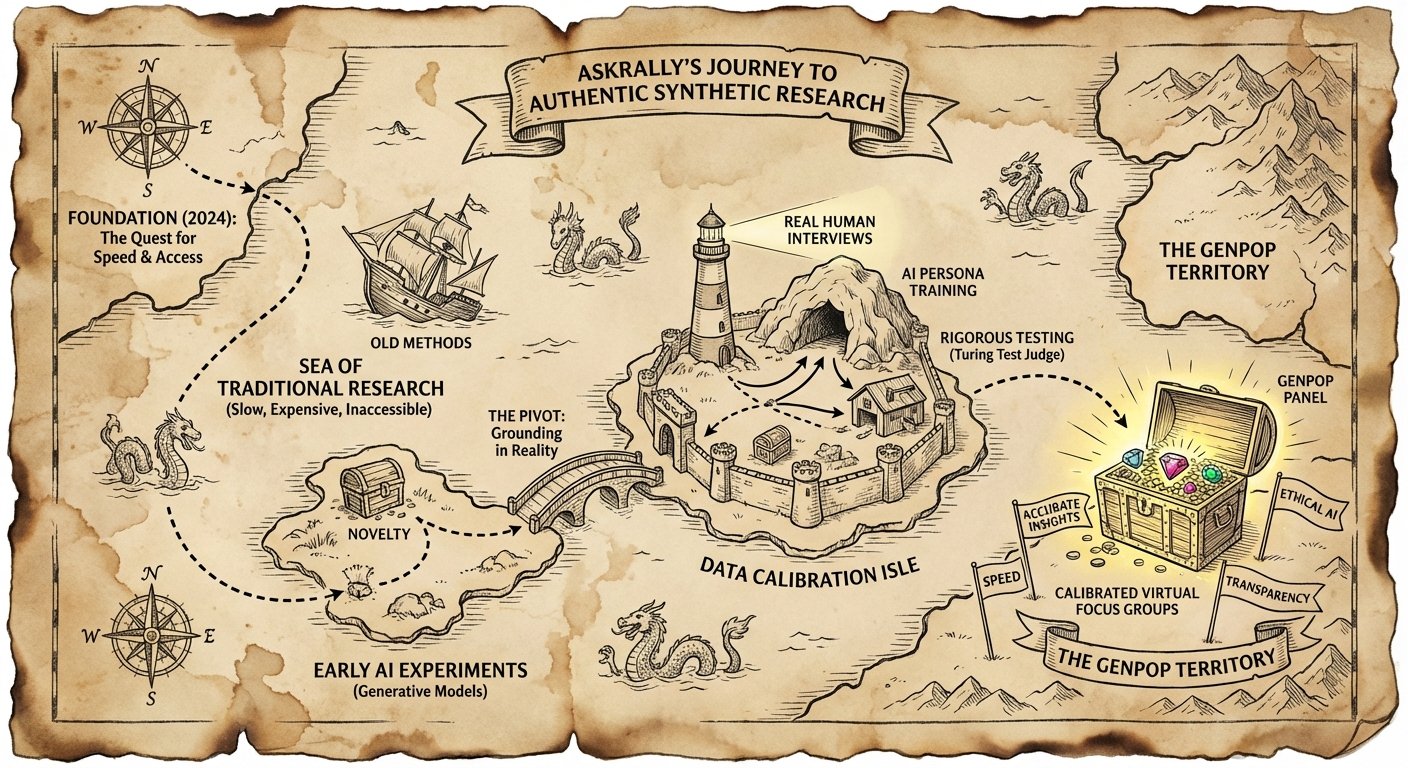
Case Study: Holmes Corporation
A solo UX designer at Holmes Corporation transformed research from slow, hard-to-gather interviews into fast, evidence-based decision-making by integrating AskRally into product development. With synthetic testing powering rapid validation, the team now iterates faster, presents data-backed recommendations, and builds with confidence—without growing headcount.








